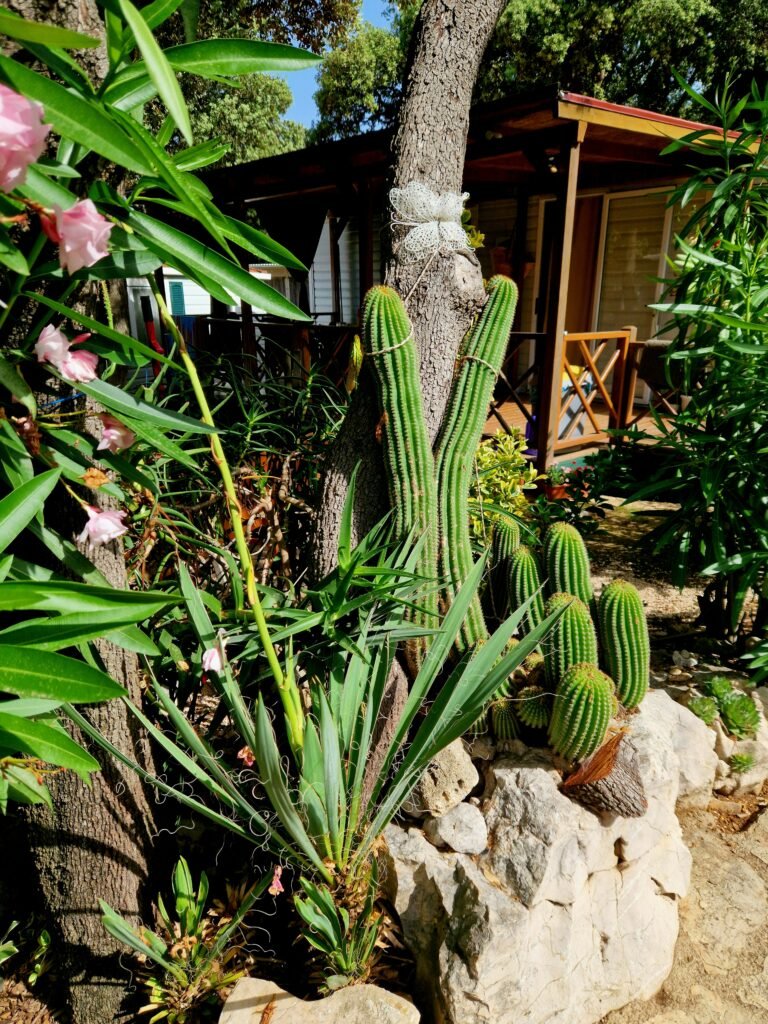Introduction
The Coral Cactus Plant is one of the most unique and eye-catching houseplants. With its coral-like appearance and cactus-style growth, it adds a dramatic look to any indoor garden. Though it looks exotic, this plant is surprisingly easy to care for if you know the basics. In this guide, you’ll learn everything about Coral Cactus Plant care, watering, light, soil, and propagation.
What is a Coral Cactus Plant?
The Coral Cactus Plant (Euphorbia lactea ‘Cristata’) is not a true cactus. It’s actually a grafted succulent made by joining two Euphorbia plants together. The base is usually Euphorbia neriifolia, and the top has a coral-like crest that makes it so unique.

- Scientific Name: Euphorbia lactea ‘Cristata’
- Common Name: Coral Cactus, Crested Euphorbia
- Plant Type: Succulent (not a true cactus)
- Best For: Indoor decoration, table tops, and plant lovers who want something unique.
Coral Cactus Plant Care Guide
1. Light Requirements
- Place in bright, indirect sunlight.
- Avoid direct harsh afternoon sun as it can burn the leaves.
- South or west-facing windows are ideal.
2. Watering Needs
- Water only when the soil is completely dry.
- Overwatering can cause root rot.
- During winter, reduce watering as the plant goes semi-dormant.
3. Soil Type
- Use a well-draining cactus or succulent mix.
- You can mix perlite or sand with regular soil to improve drainage.
4. Temperature & Humidity
- Ideal temperature: 60–85°F (15–29°C).
- Keep away from frost and cold drafts.
- Normal indoor humidity is perfect.
5. Fertilizer
- Use a balanced cactus fertilizer once a month in the growing season (spring and summer).
- Avoid fertilizing in winter.
6. Pot & Repotting
- Choose pots with drainage holes.
- Repot every 2–3 years when the plant outgrows its container.
Propagation of Coral Cactus
Coral cactus cannot be propagated like normal succulents because it is a grafted plant. If the graft fails, you’ll need to regraft it. It’s better to buy a new plant instead of trying to propagate at home.
Common Problems & Solutions
Yellowing Leaves
- Cause: Overwatering.
- Solution: Let the soil dry out completely before watering again.
Brown or Burnt Edges
- Cause: Too much direct sunlight.
- Solution: Move to indirect bright light.
Root Rot
- Cause: Poor drainage or waterlogging.
- Solution: Repot in fresh, well-draining soil.
Coral Cactus Safety
⚠️ The plant contains a milky sap that can be toxic if ingested and irritating to the skin.
- Always wear gloves when handling.
- Keep away from pets and children.
Conclusion
The Coral Cactus Plant is a stunning combination of cactus-like beauty and succulent hardiness. With proper light, minimal watering, and well-draining soil, it thrives indoors with little effort. Whether you’re a beginner or a seasoned plant parent, this unique plant will surely make your collection stand out.

